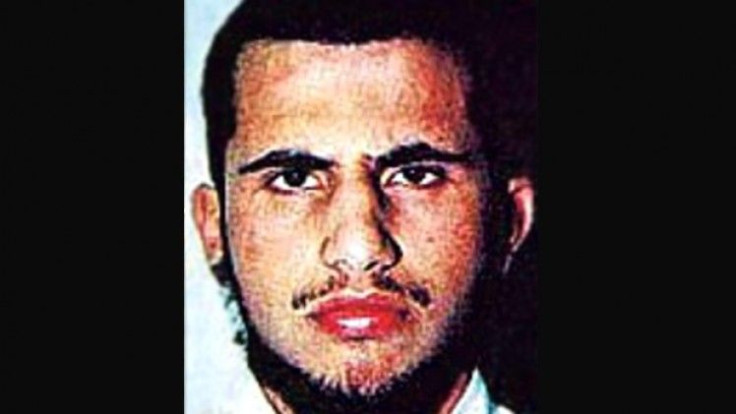Khorasan Leader, Alleged Mediator Between Al Qaeda And ISIS, Muhsin al-Fadhli Killed In US Airstrike: Pentagon

An American airstrike reportedly killed the leader of al Qaeda’s shadowy Khorasan branch earlier this month in Syria, the Pentagon confirmed on Tuesday. The militant leader’s specialty was allegedly planning and executing attacks on the West, and is he believed to have negotiated the split between al Qaeda and the Islamic State group in Syria.
U.S. officials claimed that Muhsin al-Fadhli, 34, was killed July 8 in a “kinetic strike” in Sarmada, a town in Syria’s northern Idlib province. He was part of an elite group who knew about the Sept. 11, 2001, attacks before they took place and was now allegedly responsible for recruiting foreign fighters and training them to conduct attacks on western countries and al Qaeda’s enemies inside of Syria. He was also “involved” in the 2002 attack in Kuwait that killed a U.S. Marine, according to the Pentagon.
“His death will degrade and disrupt ongoing external operations of al-Qaeda against the United States and its allies and partners, ” Navy Capt. Jeff Davis, the Defense Department's press operations chief, said in a statement.
Muhsin al Fadhli, Leader of Khorasan Group, & other western targets were killed in an airstrike on July 8 - Pentagon pic.twitter.com/vJLrckFyvb
— Zaid Benjamin (@zaidbenjamin) July 21, 2015Fadhli was born in Kuwait and had previously fought with al Qaeda in Afghanistan before he reportedly became the head of the militant group’s branch in Iran. He was highly supportive of al Qaeda in Iraq, which later became the group we now recognize as ISIS. In mid-2013, he went to Syria where he joined al Qaeda’s Syrian branch Jabhat al-Nusra. In 2014, U.S. intelligence officials confirmed to Long War Journal that they were aware of his relocation.
Some reports claimed that al Qaeda’s leadership specifically chose Fadhli to go to Syria because of his ties to Iraq and the militant group’s core unit. He was to act as a mediator in the feud between Jabhat al-Nusra and ISIS, who were already in a feud that would eventually lead to their official dissociation.
“Al Qaeda’s senior leaders dispatched trusted operatives to Syria once the dispute between Al Nusrah and ISIS became heated," according to a report from the Long War Journal. "Therefore, al Fadhli’s presence inside Syria makes sense in the context of al Qaeda’s decision to reshuffle its personnel.”
It was around this time in late 2013 that Fadhli was appointed leader of the Khorasan group. Little was known about the group until the U.S. began airstrikes in Syria last year targeting both ISIS and Khorasan militants. The group’s leadership and continued affiliation with the Nusra Front after the split from ISIS led many to the conclusion that Khorasan was part of al Qaeda’s core militant unit.
However, the State Department said Khorasan was only an “affiliate” of the core group, but that this designation did not lessen its threat. After the first American-led coalition bombs hit Syria, U.S. official confirmed that the Khorasan group was in the final planning stages of an attack on the West.
“While we feel...that we have decimated core al-Qaida, some of the affiliates we have remaining concerns about,” Secretary of State Jen Psaki said in a press briefing last year. “The Khorasan Group is a group that we have been watching for two years now. We don’t always talk about that publicly, but we still have concerns about the threat they pose.”
In September 2014, just days after the U.S. announced its air campaign in Syria, rumors circulated on jihadist social media accounts that Fadhli had been killed in an airstrike. The Pentagon said it had investigated the claims but did not confirm the identity of that target.
© Copyright IBTimes 2024. All rights reserved.






















